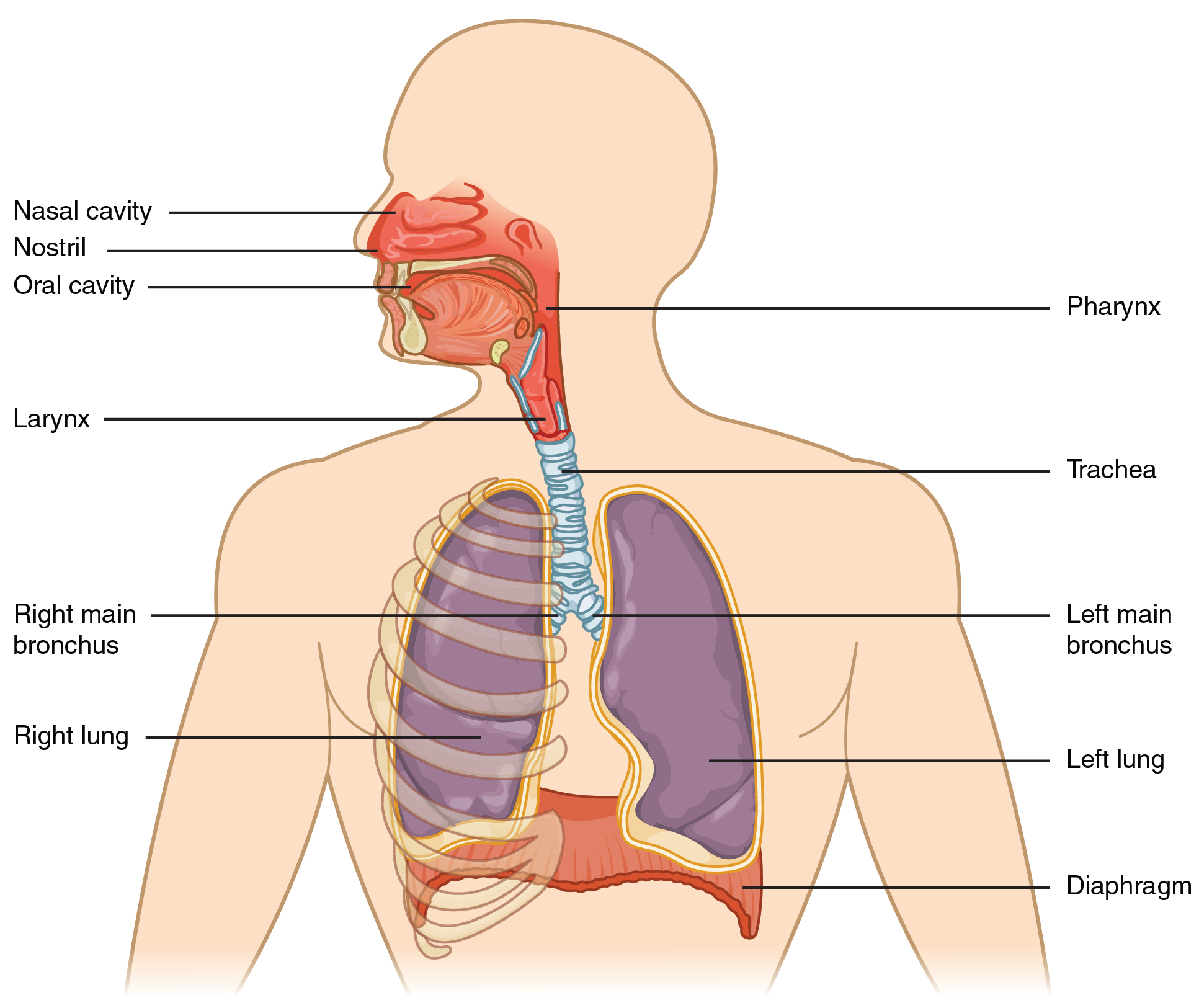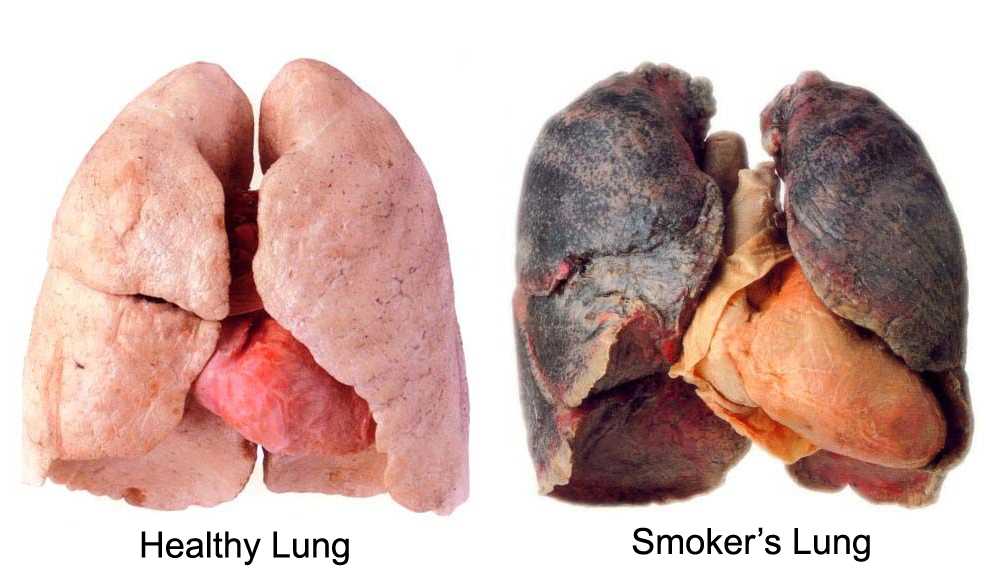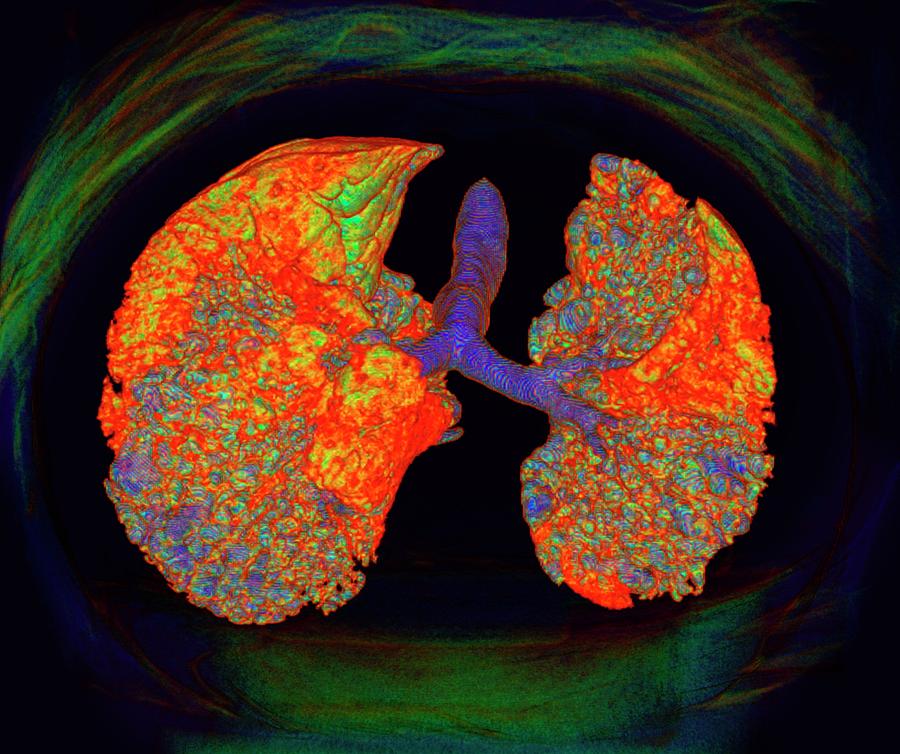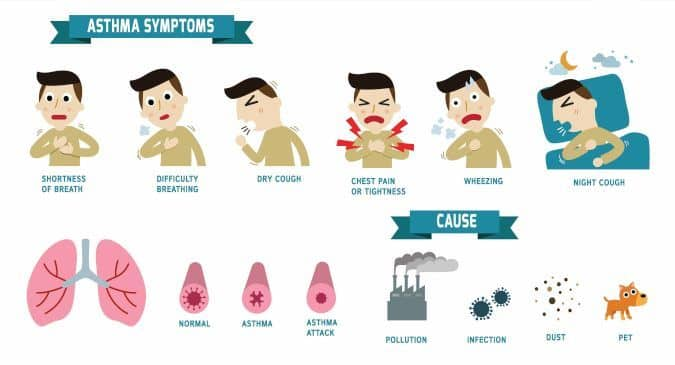RESPIRATORY SYSTEM
How does it work?
The respiratory system is made up of the organs and other parts that control breathing. Its most important job is to bring oxygen into your body and get rid of carbon dioxide. But, your respiratory system also helps you make noises. When you breathe, air moves over your vocal cords and causes them to vibrate.Parts

Nasal cavity: The nasal cavity is the inside of your nose. It is lined with a mucous membrane that helps keep your nose moist by making mucus so you won't get nosebleeds from a dry nose. There are also little hairs that help filter the air you breathe in, blocking dirt and dust from getting into your lungs.
Nostril: either of two external openings of the nasal cavity in vertebrates that admit air to the lungs and smells to the olfactory nerves.
Oral cavity: the part of the mouth behind the gums and teeth that is bounded above by the hard and soft palates and below by the tongue and by the mucous membrane connecting it with the inner part of the mandible.
Pharynx: the membrane-lined cavity behind the nose and mouth, connecting them to the oesophagus.
Larynx: It's a tube about 2 inches (5cm) long in adults. It sits above the windpipe (trachea) in the neck and in front of the food pipe. The food pipe in the upper part of the neck is called the pharynx.
Trachea: It's a tube about 4 inches long and less than an inch in diameter in most people. The trachea begins just under the larynx (voice box) and runs down behind the breastbone (sternum). The trachea then divides into two smaller tubes called bronchi: one bronchus for each lung.



Nostril: either of two external openings of the nasal cavity in vertebrates that admit air to the lungs and smells to the olfactory nerves.
Oral cavity: the part of the mouth behind the gums and teeth that is bounded above by the hard and soft palates and below by the tongue and by the mucous membrane connecting it with the inner part of the mandible.
Pharynx: the membrane-lined cavity behind the nose and mouth, connecting them to the oesophagus.
Trachea: It's a tube about 4 inches long and less than an inch in diameter in most people. The trachea begins just under the larynx (voice box) and runs down behind the breastbone (sternum). The trachea then divides into two smaller tubes called bronchi: one bronchus for each lung.
The trachea is composed of about 20 rings of tough cartilage. The back part of each ring is made of muscle and connective tissue.
Bronchus: is a passage of airway in the respiratory system that conducts air into the lungs. The first bronchi to branch from the trachea are the right main bronchus and the left main bronchus.
Lungs: are a pair of spongy, air-filled organs located on either side of the chest (thorax). The trachea (windpipe) conducts inhaled air into the lungs through its tubular branches, called bronchi. The bronchi then divide into smaller and smaller branches (bronchioles), finally becoming microscopic.
Diaphragm: is a thin skeletal muscle that sits at the base of the chest and separates the abdomen from the chest. It contracts and flattens when you inhale. This creates a vacuum effect that pulls air into the lungs.
ILLNESSES
Asthma
Asthma is defined as a common, chronic respiratory condition that causes difficulty breathing due to inflammation of the airways. Asthma symptoms include dry cough, wheezing, chest tightness and shortness of breath. Dr. Meyer says there is a major connection between environmental allergies and asthma. Allergic reactions, infections and pollution can all trigger an asthma attack.
Lung Cancer
Most often, the cancer develops in the main part of the lungs near the air sacs. DNA mutations in the lungs cause irregular cells to multiply and create an uncontrolled growth of abnormal cells, or a tumor. These tumors interfere with the regular functions of the lungs.
The most common risk factor for lung cancer is cigarette smoke. Other risk factors include radon exposure, workplace exposure, including asbestos and diesel fumes, secondhand smoke, air pollution and radiation exposure from frequent CT scans of the chest.

Pneumonia
Pneumonia is a common lung disease caused by an infection in the air sacs in the lungs. The infections can be bacterial, viral or fungal. Most people can recover in one to three weeks, but for certain people, pneumonia can be extremely serious and even life-threatening.

Emphysema
Emphysema is a serious respiratory disease, which is another form of COPD. The most common cause is smoking. Those who suffer from emphysema have trouble exhaling air from their lungs. Cigarette smoke damages the air sacs in the lungs to a point where they can no longer repair themselves. 

Pulmonary fibrosis
is a lung disease that occurs when lung tissue becomes damaged and scarred. This thickened, stiff tissue makes it more difficult for your lungs to work properly. As pulmonary fibrosis worsens, you become progressively more short of breath.
Interesting facts
- Hairs in the nose help clean and warm the air we breathe.
- Women and children breathe at a faster rate than men.
- Lungs are the only human organ that can float in water! Each of your lungs contains about 300 million balloon-like structures called alveoli, which replace the carbon-dioxide waste in your blood with oxygen. When these structures are filled with air, they make lungs float.
- Your left lung is smaller than your right (which leaves room for your heart!)
- A person at rest usually breathes between 12 to 15 times a minute. Newborns up to 6 weeks breathe between 30 to 60 times per minute!
- The word "Lung" originates from 13th century European language, it means "light" which refers to the weight of the organ when considering its size. (because there is so much air in there, and air is light!

No hay comentarios:
Publicar un comentario